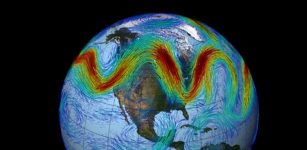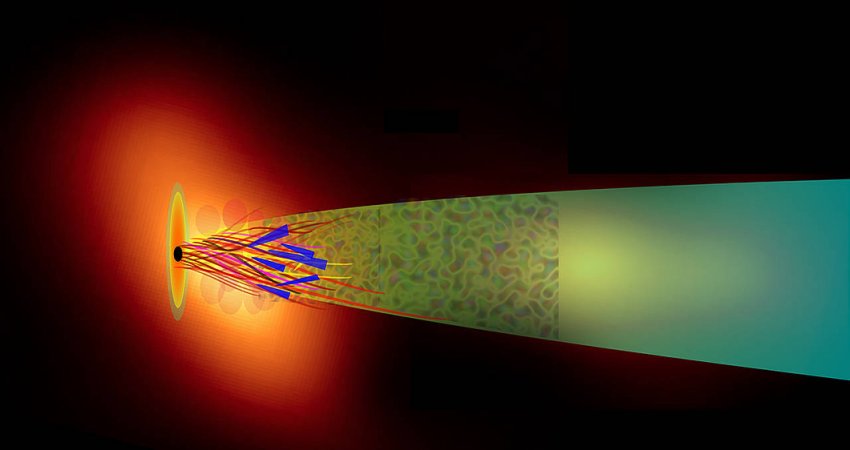Earth Is Not Necessarily The Best Planet In The Universe
Eddie Gonzales Jr. – MessageToEagle.com – Researchers identified two dozen planets outside our solar system that may have conditions more suitable for life than our own.
Some of these orbit stars that may be better than even our sun.
 Artist’s depiction of the first validated Earth-size planet to orbit a distant star in the habitable zone identified by NASA’s Kepler Space Telescope. Image Credit: NASA Ames/SETI Institute/JPL-Caltech
Artist’s depiction of the first validated Earth-size planet to orbit a distant star in the habitable zone identified by NASA’s Kepler Space Telescope. Image Credit: NASA Ames/SETI Institute/JPL-Caltech
Earth is not necessarily the best planet in the universe because life could also more easily thrive on planets that circle more slowly changing stars with longer lifespans than our sun.
The team from the Washington State University (WSU) led by scientist Dirk Schulze-Makuch has recently published details characteristics of potential “superhabitable” planets, that include those that are older, a little larger, slightly warmer, and possibly wetter than Earth.
“With the next space telescopes coming up, we will get more information, so it is important to select some targets,” said Schulze-Makuch, a professor with WSU and the Technical University in Berlin, said in a press release.
“We have to focus on certain planets that have the most promising conditions for complex life. However, we have to be careful to not get stuck looking for a second Earth because there could be planets that might be more suitable for life than ours.”
Researchers identified superhabitability criteria and search among the 4,500 known exoplanets beyond our solar system for good candidates. Habitability does not mean these planets definitely have life, merely the conditions that would be conducive to life.
The researchers selected planet-star systems with probable terrestrial planets orbiting within the host star’s liquid water habitable zone from the Kepler Object of Interest Exoplanet Archive of transiting exoplanets.
While the sun is the center of our solar system, it has a relatively short lifespan of less than 10 billion years. Since it took nearly 4 billion years before any form of complex life appeared on Earth, many similar stars to our sun, called G stars, might run out of fuel before complex life can develop.
In addition to looking at systems with cooler G stars, the researchers also looked at systems with K dwarf stars, which are somewhat cooler, less massive and less luminous than our sun. K stars have the advantage of long lifespans of 20 billion to 70 billion years. This would allow orbiting planets to be older as well as giving life more time to advance to the complexity currently found on Earth.
However, to be habitable, planets should not be so old that they have exhausted their geothermal heat and lack protective geomagnetic fields. Earth is around 4.5 billion years old, but the researchers argue that the sweet spot for life is a planet that is between 5 billion to 8 billion years old.
Size and mass also matter. A planet that is 10% larger than the Earth should have more habitable land. One that is about 1.5 times Earth’s mass would be expected to retain its interior heating through radioactive decay longer and would also have a stronger gravity to retain an atmosphere over a longer time period.
Water is key to life and the authors argue that a little more of it would help, especially in the form of moisture, clouds and humidity. A slightly overall warmer temperature, a mean surface temperature of about 5 degrees Celsius (or about 8 degrees Fahrenheit) greater than Earth, together with the additional moisture, would be also better for life. This warmth and moisture preference is seen on Earth with the greater biodiversity in tropical rain forests than in colder, drier areas.
Among the 24 top planet candidates none of them meet all the criteria for superhabitable planets, but one has four of the critical characteristics, making it possibly much more comfortable for life than our home planet.
Written by Eddie Gonzales Jr. – MessageToEagle.com Staff










